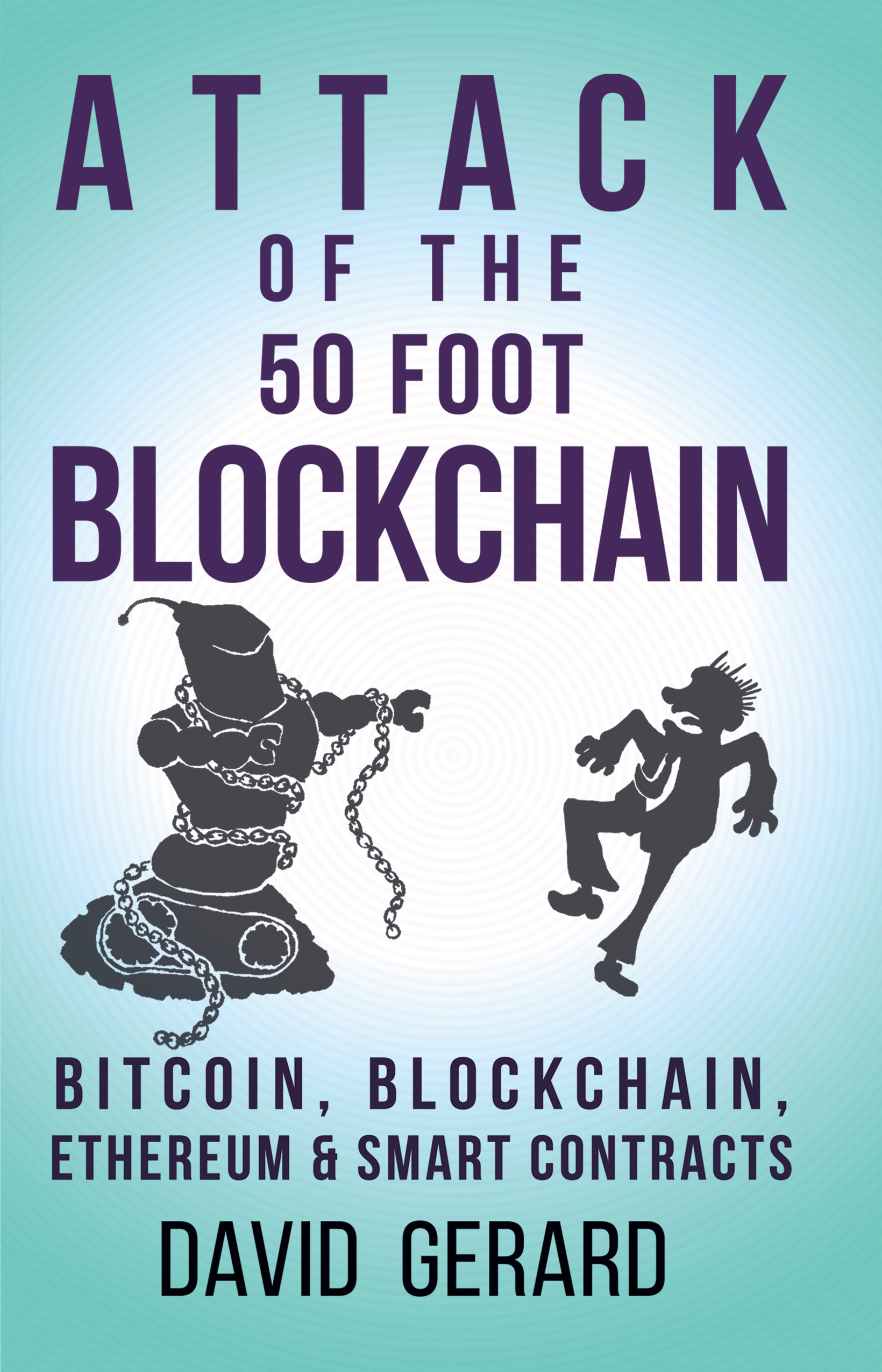Alternative currencies, also called complementary currencies, are nothing new. The phenomenon goes back centuries―if not millenia. In 2004, their various shapes and forms were estimated at 4000.1
But this turned out to be a mere prelude.
In 2010, Slashdot churnalized a piece about a "network-based digital currency" with supposedly "no transaction fees"2 , called a "cryptocurrency", which propelled alternative currencies to unprecedented heights and hype. By 2019, when I first intervened, hundreds of more puff pieces had been written.
My first post about crhypeto would be far from sufficient to appease the madness. I ended up writing quite a few posts:
- 2019-06-25 - "Cryptocurrency": the pseudo-currency which no one understood or accepted, but which many bought
- 2019-12-15 - Bitcoin is Not Going To Zero, and more on blockchains
- 2021-01-03 - New Religion
- 2021-07-08 - Smooth summer bitcoindoctrination
- 2021-07-27 - Crhypeto propelling Malaysia and Argentina towards gold medals, squeezing every last bit out of Earth
- 2021-09-26 - What happens when an alternative currency becomes legal tender?
In the good old days, everything there was to know about crhypeto had been summarized exquisitely in a Venn diagram from the unfortunately defunct Buttcoin Foundation.3 But the rally of organized crime and the design of new scamming schemes―all while tremendous financial contagion pushed it closer to the white market―has changed the landscape. Not only is it still unclear whether Peak Crhypeto is over, but I've had to retract part of the above following the apparition of these dynamics:
- 2022-01-02 - Happy 20th anniversary, €? Oh, and mea culpa
In September 2023, Zeke Faux's book Number Go Up revealed that crhypetomania has created a new layer of victims enslaved into making their own victims in order to avoid torture and execution. While such highly organized crime is obviously reliant on misgoverned countries, the essential role which crhypeto plays in such schemes forces reassessing whether laissez-faire remains a viable/optimal approach.
Further resources
Unfortunately, despite all of the misinformation now out there, reaction has been slow. A Buttcoin/Crypto Reality Community for messaging was established on Discord in 2023, but there is still no central crhypeto debunking website or organization which can join everyone's efforts. If you are aware of a movement to collaborate on the development and distribution of open material debunking crhypeto, thanks for letting a comment below.
However, I am thankfully not alone in my crusade. In 2022, technologists from the USA signed the Letter in Support of Responsible Fintech Policy, and countless renowned individuals have publicly rejected it, but some of us have been leading the charge. Besides Zeke Faux and I:
- Dr Nicholas Weaver's research and lectures also depict the theme as bluntly as thoroughly.
- Molly White has been debunking crhypeto since 2022 in freely-licensed works, notably Web3 is Going Just Great, which invites contributions from others, and her blockchain blog posts.
David Gerard
⭐⭐⭐⭐⭐David Gerard‘s website provides a lot of material. But Gerard’s greatest contribution has unquestionably been his book Attack of the 50 Foot Blockchain, which was probably the first book specifically debunking crhypeto. A lot of it is clear and factual, but as one can guess from its cover, this book is not entirely formal. Many parts require trusting the author, but it is fairly well sourced in general.
Gerard’s book contains a lot of interesting information, and covers all topics which it could at the time of its publication, 2017. Even if I only read it in 2025, it taught me a lot about crhypetomania, who is behind it, and even more. Given that the phenomenon it denounces is largely based on crypticity (pun intended) and lack of understanding, it is sometimes annoying to notice that a few parts of the book itself are not so clear even to myself, but its humour makes up for its relative casualness. A good glossary is included, but a pretty good understanding of English helps. There is little in the book to disagree with.
At 145 pages, it is not a large book, but perhaps the easiest criticism would be how much of that is spent attacking specific elements of crhypeto. One may argue he uses guilt by association, but there is nothing fallacious about it; crhypeto is not a single enterprise, clearly defined by an official authority. On the contrary, it seeks decentralization and is formed by a blurry series of concepts and projects devised by various entities. As such, it will remain a highly moving target, each new project/concept trying to patch or exploit prior elements, or to appear original enough to grant crhypeto a second chance.
So it does make sense to discredit particularly notable elements. The quantity and quality of the absurdities he documents effectively discredits not just the landscape at the time of publication, but future "developments" (even though at least 1 particular concept―stablecoins―would nowadays deserve specific treatment). By exposing crhypeto’s modus operandi and showing that even its elements considered as most successful are failures, Gerard shows that crhypeto is not simply immature, but fundamentally broken/bogus.
Although it properly shows that crhypeto came from an ideology, it also highlights that its spread was not just caused by individual gullibility, but by media, and―as has already been the case for too many years―corporate management, mainstream media and established corporations. After all, the final drop that prompted me to start my crusade was reading a dangerous article in the magazine which―to this day―remains my favorite. Frauds and collective delusions can be complex, and 145 pages is not that much to properly document one of that magnitude.
